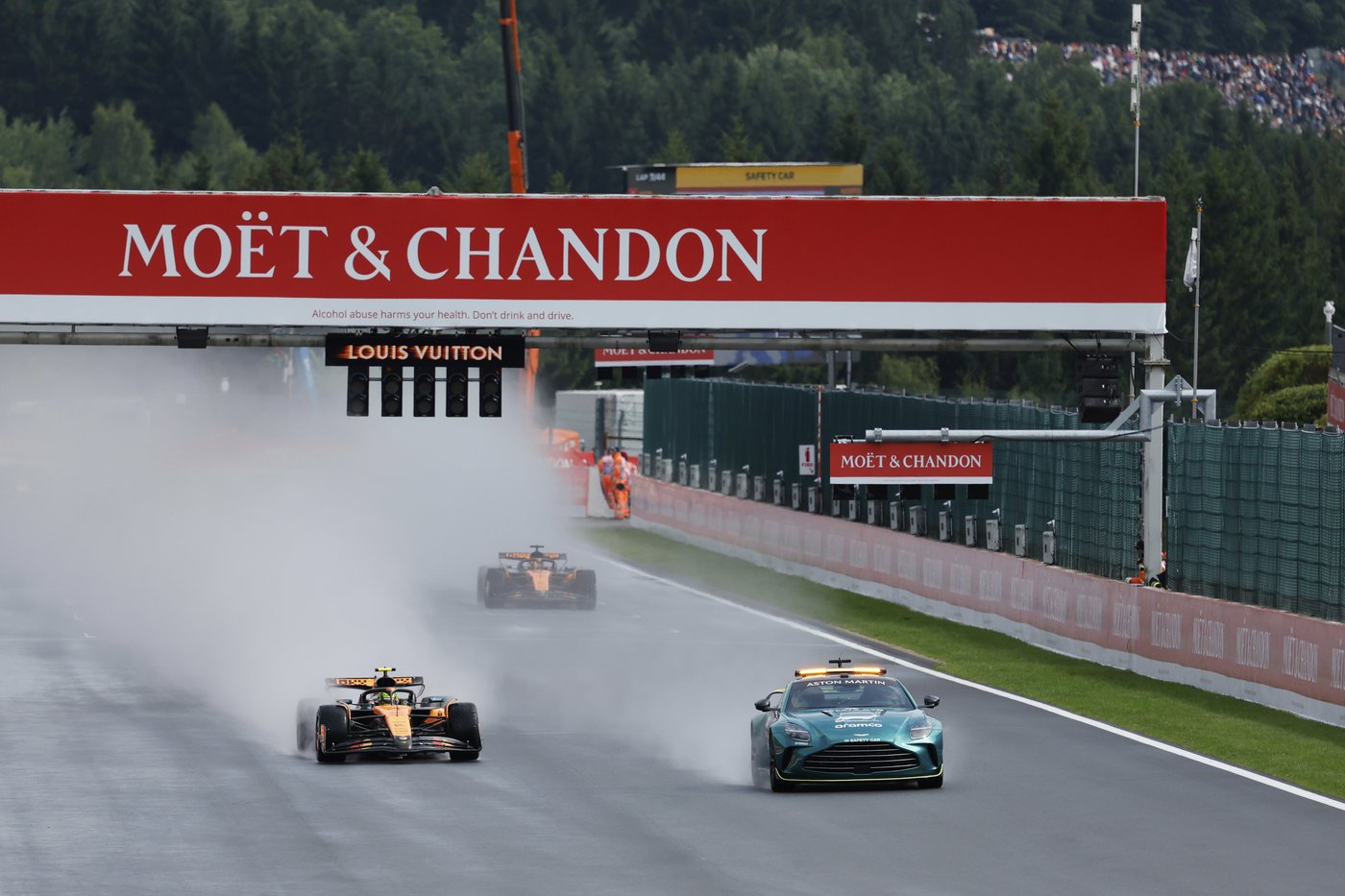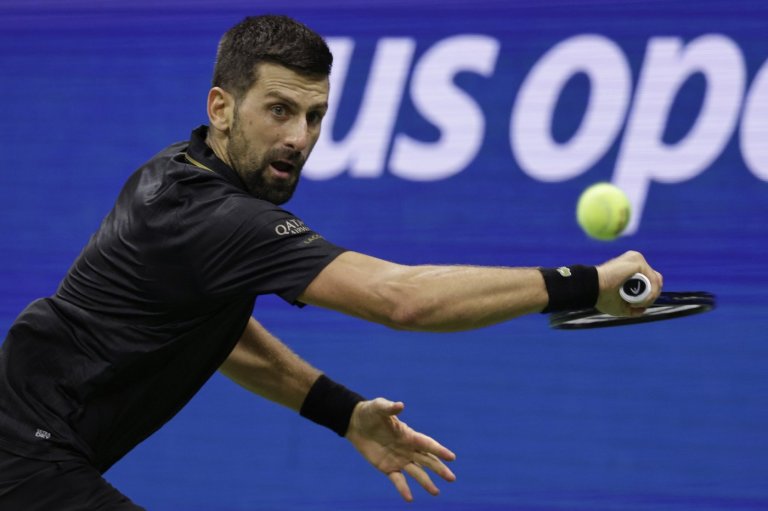
Delayed start at Belgian Grand Prix highlights Formula 1’s challenge with racing in the rain
Of all the thousands of pieces of equipment that Formula 1 hauls around the world, few are used less often than the full wet tire.
They stayed piled up in stacks, not on the cars, on Sunday as drivers sat out a rain delay of more than an hour to the start of the Belgian Grand Prix.
It wasn’t because F1 cars lack grip in heavy rain. Manufacturer Pirelli says the full wet tires can cope with that. The problem is that drivers behind can’t see through the spray, and the first attempt to start Sunday’s race on time illustrated the problem.
Even crawling around at formation lap pace with only Lando Norris and the safety car ahead, eventual winner Oscar Piastri said he “couldn’t see a thing,” adding, “you can only imagine what it’s like for the guys at the back.”
When the race started, it was behind the safety car at low speed before the all-clear to go racing. Like all of the drivers, Piastri was using the intermediate tires, which are recommended for light rain or a drying track, when he eventually passed Norris for the win.
“The past few years, particularly here, we’ve given the (governing body) FIA feedback that we would much rather be on the safe side than risk anything,” Piastri said. “If you were to be picky, maybe we could have done one less formation lap (behind the safety car), but in the grand scheme of things, if that’s one lap too early, is it worth it? No.”
Visibility is a particular concern at Spa, a fast track with a history of serious accidents. They include Anthoine Hubert’s death in a Formula 2 crash in dry conditions in 2019 and another fatal accident claiming the life of Dutch teenage driver Dilano van ’t Hoff in a junior series in the rain in 2023.
“I have to say that on a track like this, with what happened historically, I think you cannot forget about it. For that reason I would rather be safe than (start) too early,” said Charles Leclerc, who finished third Sunday and who was friends with Hubert since childhood.
Under the current F1 design regulations in place since 2022, cars have ground-effect aerodynamics which use the floor to generate grip but can also throw up more spray. If there’s enough rain for the full wet tires to be faster than the intermediates, it’s likely the race will be stopped because of poor visibility anyway.
There was a reminder of the importance of visibility this month at the British Grand Prix when Isack Hadjar collided with Kimi Antonelli’s car from behind while driving in the Italian’s trail of spray.
“I didn’t see him,” Hadjar said. “He just appeared out of nowhere, man. Oh my God.”
___
AP auto racing: https://apnews.com/hub/auto-racing


Join the Conversation!
Want to share your thoughts, add context, or connect with others in your community?
You must be logged in to post a comment.
















